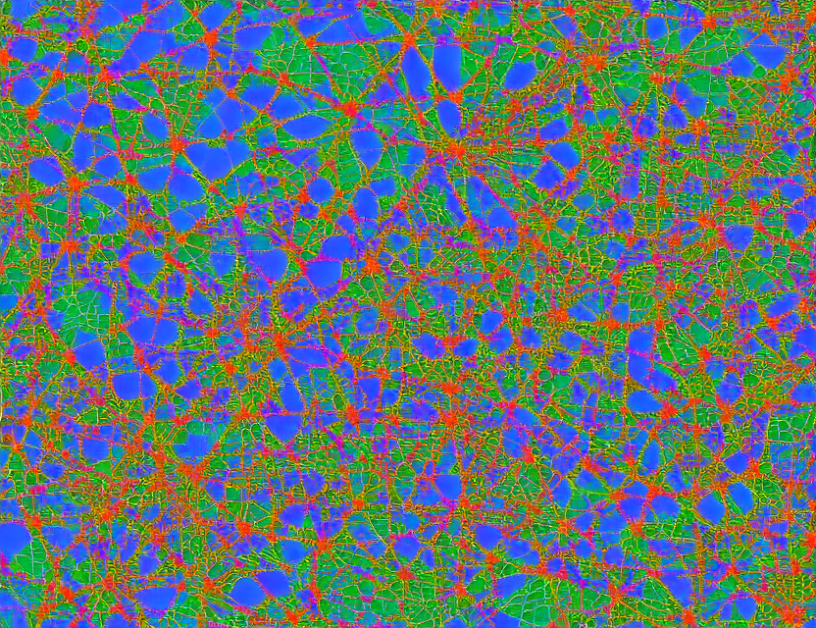In particle physics, researchers use complex computer algorithms to identify and track particles produced in high-energy collisions. One such algorithm is the "Occam" method, which uses a learned clustering approach to build a graph of hits (small detections) in a detector. However, previous Occam implementations have limitations, such as quadratic scaling with attention window size. To address this, the authors propose a streamlined OC architecture that shifts the focus from edges to embeddings, leveraging non-graph neural network (GNN) architectures and relative positional encoding for efficient particle tracking at the Large Hadron Collider (LHC).
The authors introduce the concept of "double majority match fake rate" (f DM), which measures the fraction of reconstructed tracks that do not meet the double majority match criterion. They also explain the context, including the definition of ϵDM and f DM metrics. The pipeline consists of three stages: graph construction in a learned clustering space, object condensation, and postprocessing/track rendering.
The authors highlight the main improvement in their streamlined OC architecture compared to previous implementations: using a learned embedding approach for graph construction. This is similar to the Exa.TrkX EC pipeline in Ref. [2], but with an important difference – while EC approaches use edges to represent individual tracks, OC algorithms learn to refine the initial embedding space to construct tracks.
In the next section, the authors explain how they build the graph from the latent space using k-nearest neighbors (kNN) and limiting the maximal edge length to 1 arbitrary unit. To evaluate the quality of the constructed graph, they use four metrics: efficiency, purity, and others.
In summary, this article presents a streamlined Occam architecture for efficient particle tracking at the LHC. The proposed method shifts the focus from edges to embeddings, leveraging non-GNN architectures and relative positional encoding to overcome the limitations of previous Occam implementations. The authors demonstrate the effectiveness of their approach using four metrics and provide a detailed explanation of their methodology.
Data Analysis, Statistics and Probability, Physics
Improved Object Clustering for Particle Tracking in Large Datasets



